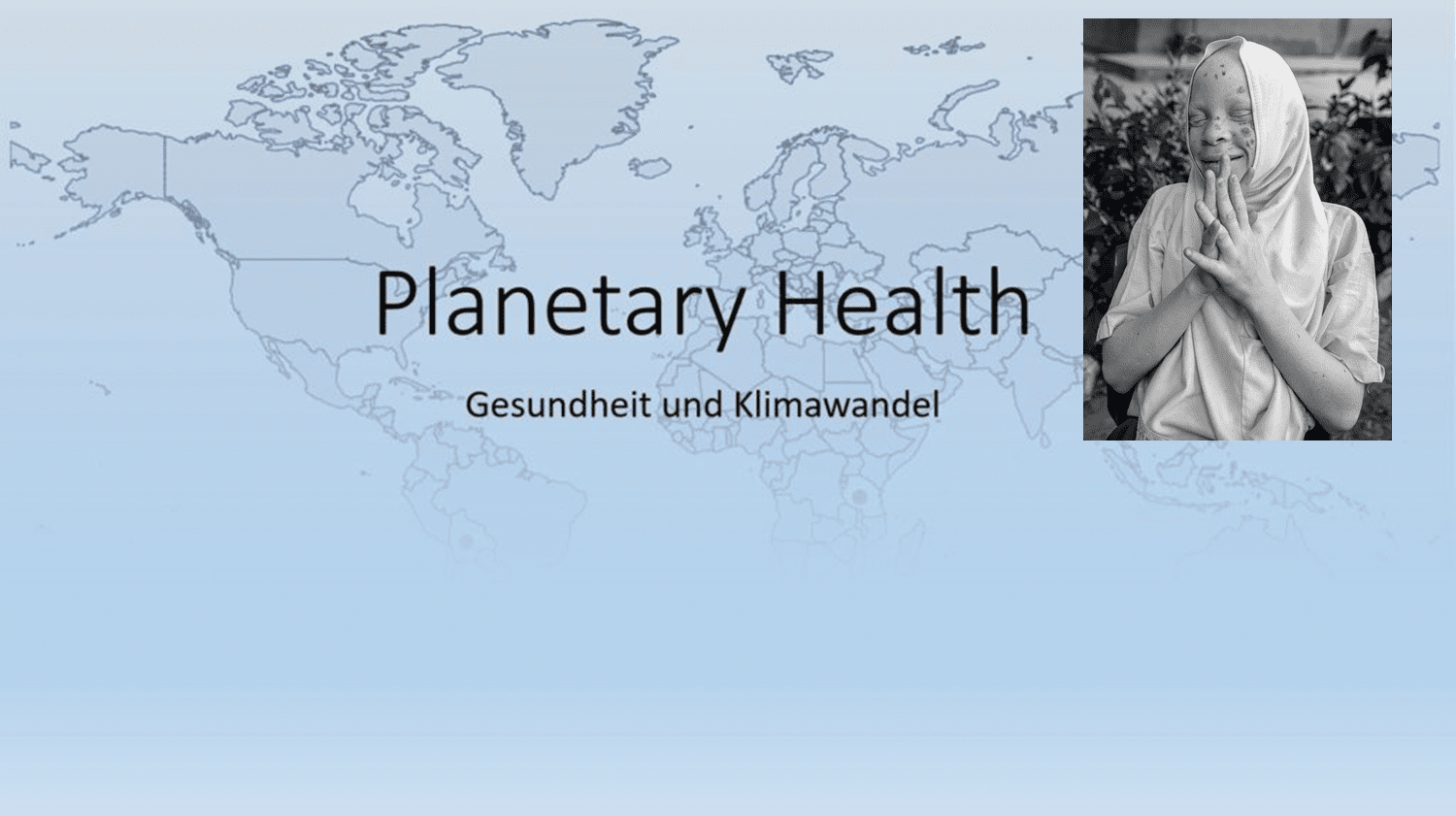Small blisters on the face, red pustules on the arms or large itchy spots on the leg: everyone has certainly had a rash on the skin at some time. There are many reasons for this: the trigger can be an illness such as chicken pox or scarlet fever, or a known intolerance or allergy. Rashes often disappear again as quickly as they appeared; the reason for their appearance then often remains unknown.
However, it is not unknown that the environment around us has a very strong influence on whether and to what extent our body is threatened by dermatological diseases. Studies show, for example, that children who are exposed to high levels of pollutants in the air are much more likely to develop neurodermatitis than others. Due to the susceptibility of the skin in childhood, these patients are also significantly less robust to other allergies, such as food intolerances or asthma, in the course of their lives.
As increasing urbanisation and industrialisation lead to a decrease in air quality in many regions, the resulting dermatological diseases are also on the rise. This affects developing countries in particular, where neurodermatitis has not played a major role in the past, but is now gaining in importance.
Rising temperatures and prolonged periods of heat due to climate change also worsen the situation: most skin diseases are more severe in hot weather than in cooler temperatures. Sweating increases itching. Sleepless nights are the result, which in turn lead to an imbalance in everyday life, which in turn has a negative effect on the allergy. A way out of this vicious circle is often difficult (Raulf et al., 2022).
Climate change also increases the risk of skin cancer. According to the epidemological skin cancer register, the number of new cases of malignant melanoma of the skin per year has approximately doubled from 1999 (11 500 cases) to 2016 (approx. 23 000 new cases).
The incidence of light skin cancer in Germany has quadrupled in men over the last 30 years. In women, there has even been a five-fold increase (Guidelines Programme Oncology, 2021).
Currently, according to statistics, between 280,000 and 300.0000 people develop skin cancer and around 4,000 people die from it every year (Baldermann and Weiskopf, 2020).
Scientific modelling also shows that a global increase in ambient temperature of 2 °C and the associated climate changes, which may result in high regional heat and heat waves, could increase skin cancer incidence by 11 % by 2050 (bfs, 2022).
With appropriate protection such as sunscreen, sun hats and sunglasses, you can significantly reduce your personal risk. Everyone should behave according to their skin type and, if necessary, avoid spending time outdoors if the sun is too strong.
However, people with albinism are a particularly affected population group. Albinism is a congenital metabolic disorder in which the production of the body's own dark pigment melanin is disrupted due to genetic defects. This results in unnatural white skin colors. In Tanzania, there is one albino for every 1429 births, a much higher rate than in any other nation. There are also some of these cases in the Lindi region, where our partner hospital St. Walburg’s Hospital is located. Education about the possible risks of increased sun exposure, as well as adequate sunscreen and sun protection are therefore of the utmost importance here. As part of our collaboration with the hospital, we strive to help those affected as much as possible with preventative measures.
Sources:
Baldermann, C., Weiskopf, D. 2020: Behavioural and proportional prevention of skin cancer. Dermatologist 71, 572-579 (2020). https://doi.org/10.1007/s00105-020-04613-3
Raulf, M. et al. 2022: Allergologie; Munich Bd. 45, Ausg. 3, (Mar 2022): 211.



